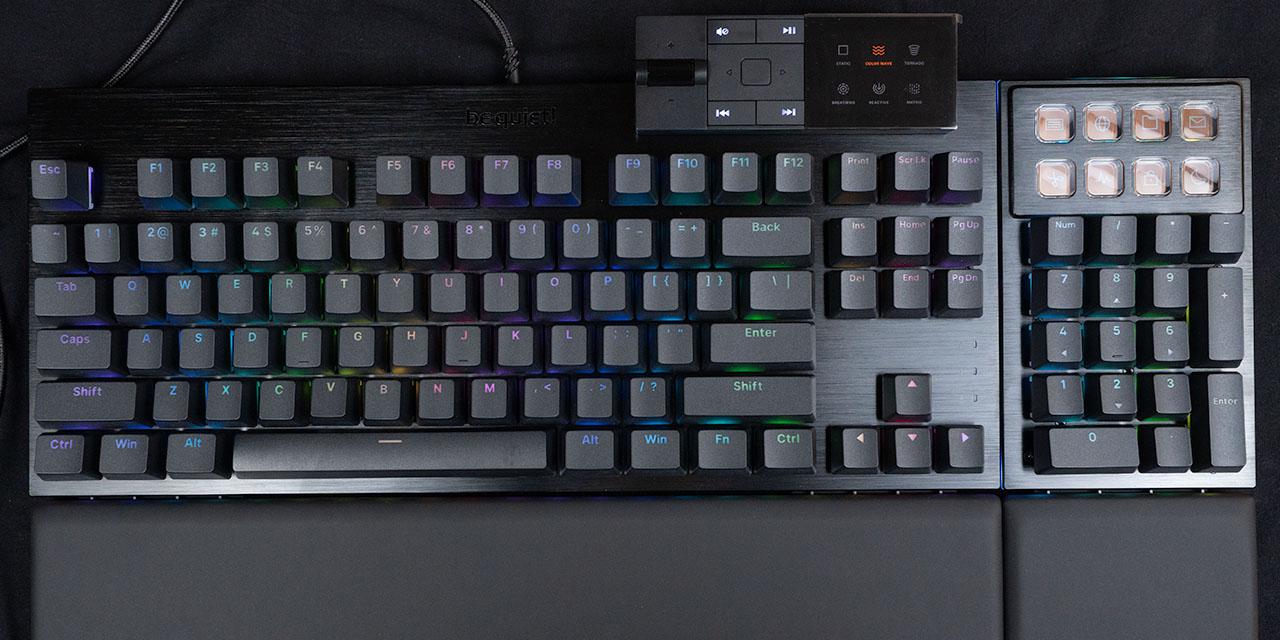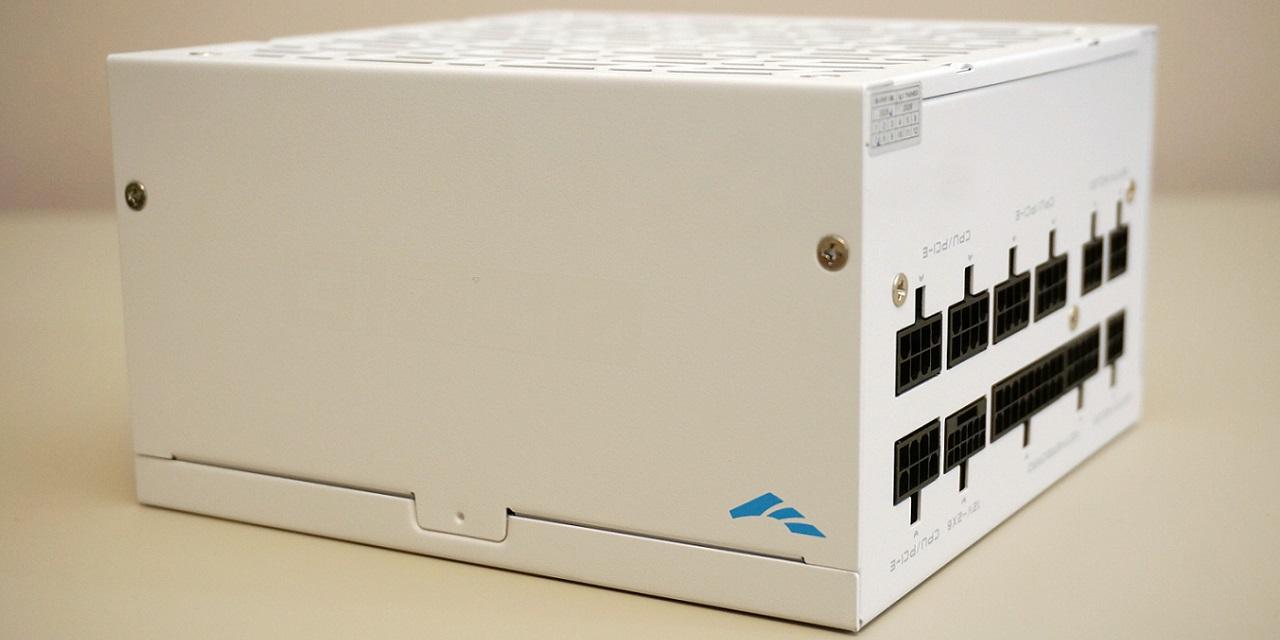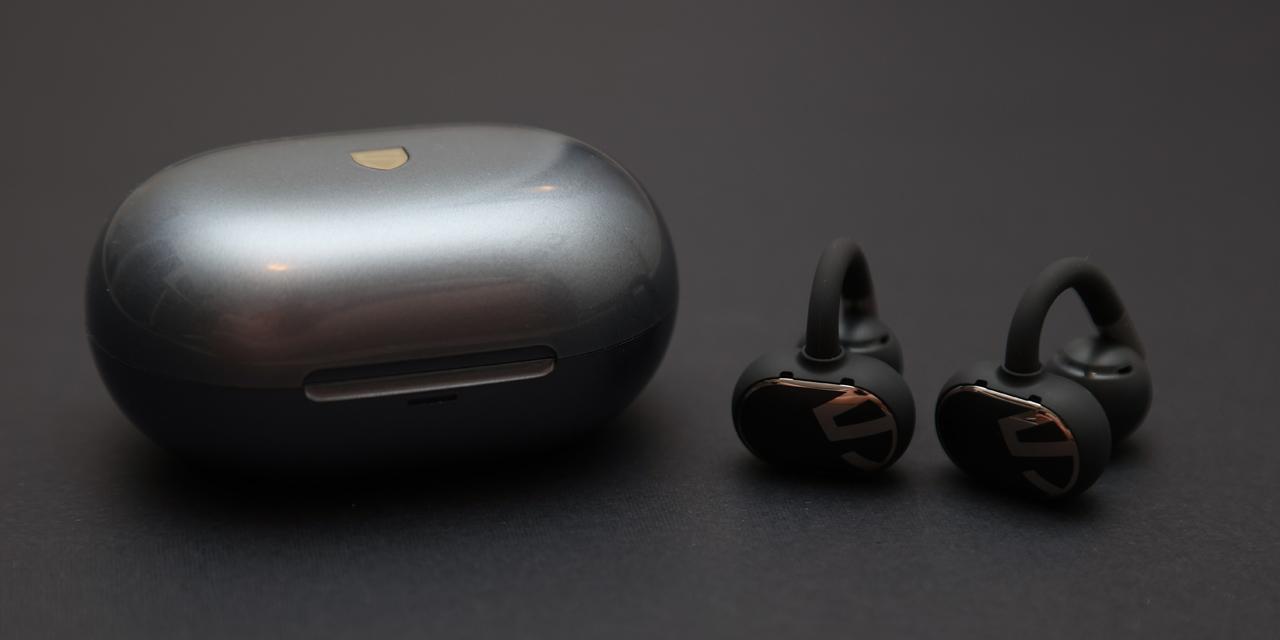|
From DailyTech: Google Inc. is giving developers their first of the next version of Android, Ice Cream Sandwich. Ice Cream Sandwich will merge together the tablet and smartphone branches of Android. This is a drastic departure from the current situation where Android tablets are powered by the closed-source Android 3.0 "Honeycomb" (latest version 3.2), while smartphones are powered by a separate open source, Android 2.3.x "Gingerbread". Ice Cream Sandwich is set to release in October or November 2011, according to Google's Eric Schmidt. When that release occurs, Google will become only the second major smartphone and tablet maker to use a single source to support both tablets and smart phones. That creates both a unique opportunity and a unique challenge for developers of Android, the world's most used smartphone and second most used tablet operating system. Android Developers Blog carried a special post entitled "Preparing for Handsets." The post is written by Scott Main, lead technical writer for Android's developer site. It offers a useful guide of how developers can minimize the pain of the multi-size transition. His guide offers suggestions for streamlining the "Action Bar" tablet-centric interface element, which will now appear in pint-size form on smartphone apps. The post also suggests that secondary menus now be placed alongside the main screen, for tablet devices, but use a screen transition in smartphones (a single pane/multi-pane approach). The alternative to making a fully compatible app is to use techniques to prevent your tablet app from being installed on smart phones/small slabs. Android 3.1 and older apps bin screen sizes into four general classes and allow apps' xml code to define which sizes are supported via the "supports-screens" attribute. In Android 3.2, the latest version of Honeycomb, the "support-screens" entry sticks around, but its format changes. Now instead of bins, users define a specific minimum size they wish to allow. Setting this high enough will essentially disallow most smartphones. View: Article @ Source Site |
 |
Developers Get Their First Bite of Android's Ice Cream Sandwich
© Since 2005 APH Networks Inc. All trademarks mentioned are the property of their respective owners.





